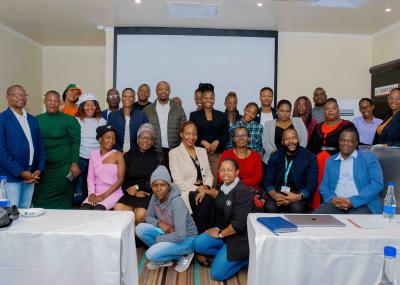Background: Scale-up of antiretroviral therapy (ART) and introduction of treat-all strategy necessitates population-level monitoring of acquired HIV drug resistance (ADR) and pretreatment drug resistance (PDR) mutations.
Methods: Blood samples were collected from 4973 HIV-positive individuals residing in 30 communities across Botswana who participated in the Botswana Combination Prevention Project (BCPP) in 2013-2018. HIV sequences were obtained by long-range HIV genotyping. Major drug-resistance mutations (DRMs) and surveillance drug resistance mutations (SDRMs) associated with nucleoside reverse transcriptase inhibitors (NRTI) and nonnucleoside reverse transcriptase inhibitors (NNRTI) were analyzed according to the Stanford University HIV Drug Resistance Database. Viral sequences were screened for G-to-A hypermutations. A threshold of 2% was used for hypermutation adjustment. Viral suppression was considered at HIV-1 RNA load ≤400 copies/ml.
Results: Among 4973 participants with HIV-1C sequences, ART data were available for 4927 (99%) including 3858 (78%) on ART. Among those on ART, 3435 had viral load data and 3297 (96%) were virologically suppressed. Among 1069 (22%) HIV-infected individuals not on ART, we found NRTI-associated and NNRTI-associated SDRMs were found in 1.5% (95% confidence interval [CI] 1.0-2.5%) and 2.9% (95% CI 2.0-4.2%), respectively. Of the 138 (4%) of individuals who had detectable HIV-1 RNA, we found NRTI-associated and NNRTI-associated drug resistance mutations in 16% (95% CI 10-25%) and 33% (95% CI 25-42%), respectively.
Conclusion: We found a low prevalence of NRTI-associated and NNRTI-associated PDR-resistance mutations among residents of rural and peri-urban communities across Botswana. However, individuals on ART with detectable virus had ADR NRTI and NNRTI mutations above 15%.




